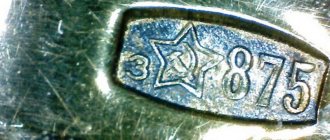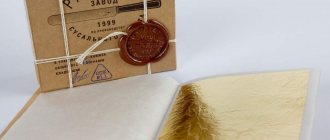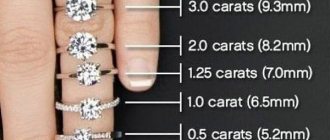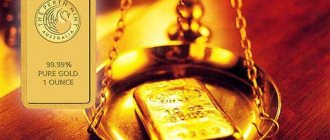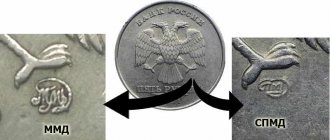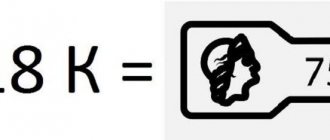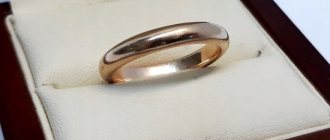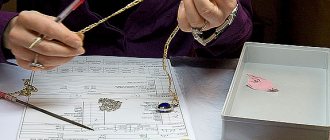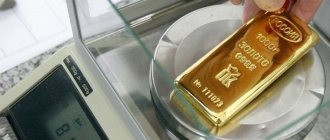A 1-carat diamond - the cost of a stone is not so easy to determine; it is impossible to give an exact figure without knowing additional factors. The most significant parameters in determining the price of a diamond are four indicators, the so-called four C rule: cut, clarity, color and carat size. Thus, in order to find out the cost of a diamond’s carat, it is necessary to take into account all these characteristics. In addition, the price of diamonds will be affected by fluctuations in the prices of stones on the market.
Historically, the price has been determined in US dollars per carat. Even in countries where by law the price of any product must be indicated in local currency on all documents, dealers pay in US currency.
The main reference point for them is Rapaport's price list, which is updated and issued in New York. This price list does not reflect purchase or sale prices, but only the opinion of Rapaport Corporation experts. Nevertheless, this list is fundamental for negotiations between dealers and setting prices. The experts of this corporation are based on the state of the market for processing the extraction and sale of raw materials.
Process for assessing basic qualities
Evaluation of stones is a serious process, so it is carried out by independent experts in a variety of specialized companies or in gemological research laboratories. Among the factors by which diamonds are evaluated and which influence their final value are the following:
- color;
- cutting;
- weight;
- purity;
- the region from which the gemstone came.
So, let's look at each category separately.
Rule "4 C"
When determining the value of diamonds, the following parameters are taken into account:
1) The first C is carat weight. As the volume of a diamond increases, the price in dollars per carat does not increase in direct proportion. Let’s take an average quality diamond as an example and determine its approximate price increase depending on the size. Prices are set for size ranges:
- 0.5–0.69 carats.
- 0.7–0.89 carats.
- 0.9–0.99 carats.
- 1.00–1.49 carats.
- 1.50–1.99 carats.
Diamonds in carats
For an average stone, the cost of 1 carat of a diamond in the second category relative to the first will be 45%. The third category of gem weight will increase the price by 25%. A diamond that is in the fourth category by weight will be 20% more expensive. Diamonds weighing between 1.5 and 2 carats will be 28% more expensive per carat. Further, the price will increase exponentially, because diamonds over 2 carats are rare.
The principle by which diamonds are valued is called Tavernier's Rule: the value of a stone is equal to the carat weight squared times the cost per carat. A polished diamond weighing two carats is three times more expensive than a diamond weighing one carat, and a diamond weighing three carats is 10 times more expensive. This rule only applies up to five carats. A 10 carat diamond will be 100 times more expensive than a 1 carat diamond, and 25 carat diamonds are so rare that they are given names.
2) The second C is cut, the quality of the cut. Determining the indicator is not so simple; in order to do this, several additional factors need to be considered. The quality of the cut increases the cost of the stone. But, for example, good and very good cut quality does not have such a big difference in price as other parameters.
Diamonds with a low cut value have a lower value. In general, the price lists do not separately indicate the quality of the cut, and its influence on the increase or decrease in price may be dictated by a specific stone or seller. This parameter is usually very subjective.
3) Third C - clarity, purity. The fewer inclusions in the stone and the smaller their size, the correspondingly higher the cost per carat. If, for example, you take a one-carat diamond and increase its clarity by four levels, then with each level the price will increase by about $1,000. However, the price increase will decrease as you approach the maximum purity value. Since at the highest levels of this parameter the difference is not so strong.
4) The fourth C is color. The color parameter affects the price of a diamond in a slightly different way: the more transparent the diamond, the higher the price. The price increase is geometric progression, and this despite the fact that it is impossible to notice such a difference in shades without a device.
Weight
Diamonds have their own unit of measure – the carat. Such a standard was established for them back in 1907. If we delve deeper into the translation system, then a metric carat has 0.2 grams of weight. Of course, you can try and find large diamonds (although, as a rule, they are not sold, but are intended for exhibitions or purchased for private collections), but most stones are small.
If we talk about the work of jewelers, then, as a rule, they often work with small diamonds that weigh no more than half a carat. As already mentioned, their value is determined by purity and color, and they also have their own quality scale. So, if a diamond has clarity and color values of four, the stone is considered high quality. In this case, the price for 0.1 carat will vary from 10,100 to 10,500 rubles.
If we talk about stones larger than 1 carat, then other parameters begin to play a role. The price for 1 carat of a high-quality gem with 4/4 indicators will be from 550 thousand rubles and above. Diamonds of excellent quality (1/1 clarity and color) are priced at twice the price.
How to compare stone prices?
In addition to the main factors, secondary ones can also influence the cost. For example, stones with the same parameters of color purity and weight, but having different types of inclusions, can differ in price. The same situation can arise with color, because with the same saturation, a stone can have different shades, which are perceived differently by buyers. Even more nuances that can influence are revealed in such parameters as the quality of cutting, polishing, and crystal symmetry.
In addition, diamonds must also be certified by the same laboratory for comparison. The assessment of the Gemological Institute of America is considered the reference. And estimates from other private laboratories may differ significantly. Most often, the characteristics of such laboratories are overestimated, and it is not possible to determine by how much.
A ring with a diamond
If a certificate from the same laboratories is added to the same color, size and clarity, you need to pay attention to such parameters as cutting, symmetry and polishing. Depending on the quality of these parameters, the cost may differ by 30%. Another thing that has an impact is fluorescence. Its maximum level can reduce the cost of the stone by another 5–10%.
About cutting and color
Now let's talk about diamond cutting. This is a very important component, since the appearance and beauty of the stone depends on it. It is thanks to the cut that light passes through the structure of the gem, refracting, and then returning back, creating a unique shine. The cut may not be the decisive factor in the evaluation, but it definitely ranks not the least.
Another very important feature of the cut is that it is directly related to the weight of the gemstone. Thus, a diamond whose size does not exceed 0.03 carats, as a rule, has no more than 17 facets and weighs from 0.03 to 0.5 carats - 33 facets. For diamonds over 1 carat, there is a separate classic Tolkowsky cut scheme, according to which they have 57 facets.
How to wear diamonds?
Large stones should be worn one at a time; you should not hang yourself with a large number of stones, it will look like rhinestones or jewelry. One stone in a decent cut is quite enough. Round-shaped stone cuts, such as heart, marquise, teardrop and others, look best. A large stone has 57 faces, and a small stone has 17.
Diamonds are best combined in jewelry with platinum and white gold. Red gold does not combine with diamonds, giving them a yellowish color. Silver reacts and tarnishes.
Brilliantness is the phenomenon of reflection of light rays in the facets of a stone. It is more pronounced in large diamonds and cannot be noticed in small ones. Diamond is a wonderful sight to behold, it attracts attention and is more pronounced in stones with a high degree of clarity and treatment.
Diamonds are not only excellent jewelry, but also a good investment. It is profitable to invest in high quality stones, which are sold separately. Stones in jewelry lose their value as they are used, so they are more likely to be luxury accessories.
Let's talk about cleanliness
The clarity of a diamond is also one of the important characteristics that subsequently determine the value of a diamond. It must be said that the purity of a stone depends on the presence or absence of external defects on it (which include various chips and scratches). Internal ones include dotted inclusions, stripes or opacities, which, however, jewelers try to “cover up” with the help of properly selected cutting.
Diamond clarity has its own gradations. In the American version, developed at the US Gemological Institute, stones are divided into 11 classes. But according to the Russian version, the purity of a stone depends on its weight.
The purest diamonds are called “pure water diamonds,” and their prices start at 2,000,000 rubles per carat and more.
How much does a carat of diamond cost?
To determine the weight of 1 carat of a diamond in grams, it is worth considering several of its characteristics:
- Size of the stone: the larger it is, the more expensive each carat will cost.
- Purity. The presence of defects and microscopic cracks greatly reduces the cost of any gem.
- Hue. The most common are colorless diamonds, but they also come in a brown or yellow tint, which is also taken into account when grading.
- Cut. It is she who makes the stone show its best qualities. Most often, round cut diamonds are cut when the mineral has 57 or 17 facets.
Moreover, for each stone one or another indicator may be decisive. For small diamonds, the most important thing is their weight; for large stones, clarity and shade come to the fore.
The most popular diamond size used for jewelry is 0.1 carat. The price of such a precious mineral is on average 7.5-10 thousand rubles, a 2-carat diamond costs about 50 thousand rubles. If the stone weighs 0.5 carats, then its cost will start from 150 thousand rubles.
Large diamonds weighing one carat cannot cost less than 9 thousand dollars. If it is a mineral of perfect purity, without a single defect and special cut, then its cost is from 100 to 350 thousand dollars.
So how much does a diamond cost?
As you already understand, the value of precious stones can be assessed according to a number of characteristics. However, even if diamonds are the same weight or identical in other respects, their prices can differ significantly. Do not forget that prices in the Russian Federation and, for example, the United States, will also be different.
Thus, in Russia the price for 1 carat of an excellent quality diamond on the market is in the range of 1.5-1.7 million rubles. For inserts of other precious stones you will need to pay an additional amount of about 600-700 rubles. Lower quality stones will also cost less, approximately from 60 to 80 thousand rubles per 0.3 carat.
Interesting: A few years ago, a 56-carat heart-shaped diamond (weighing over 11 grams) was put up for sale. Its estimated cost varied from 9 to 12 million dollars.
We hope our article was useful to you!
How much does a carat weigh?
Information on exactly how much a 1-carat diamond weighs in grams has changed several times throughout its history: from 0.188 all the way down to 0.213 g, for gemstones this is too wide a range to estimate. Therefore, in Paris in 1877 they tried to unify, and the carat weight of a diamond in grams was 0.205 g. Later in 1907, this measure was changed. One carat of a diamond in grams was calculated as 0.2 g. The world community finally accepted this carat weight only in 1930. One fifth of a gram is a carat, which means that one carat of a diamond in grams is 0.2 g.
Relationship between carat weight and cost
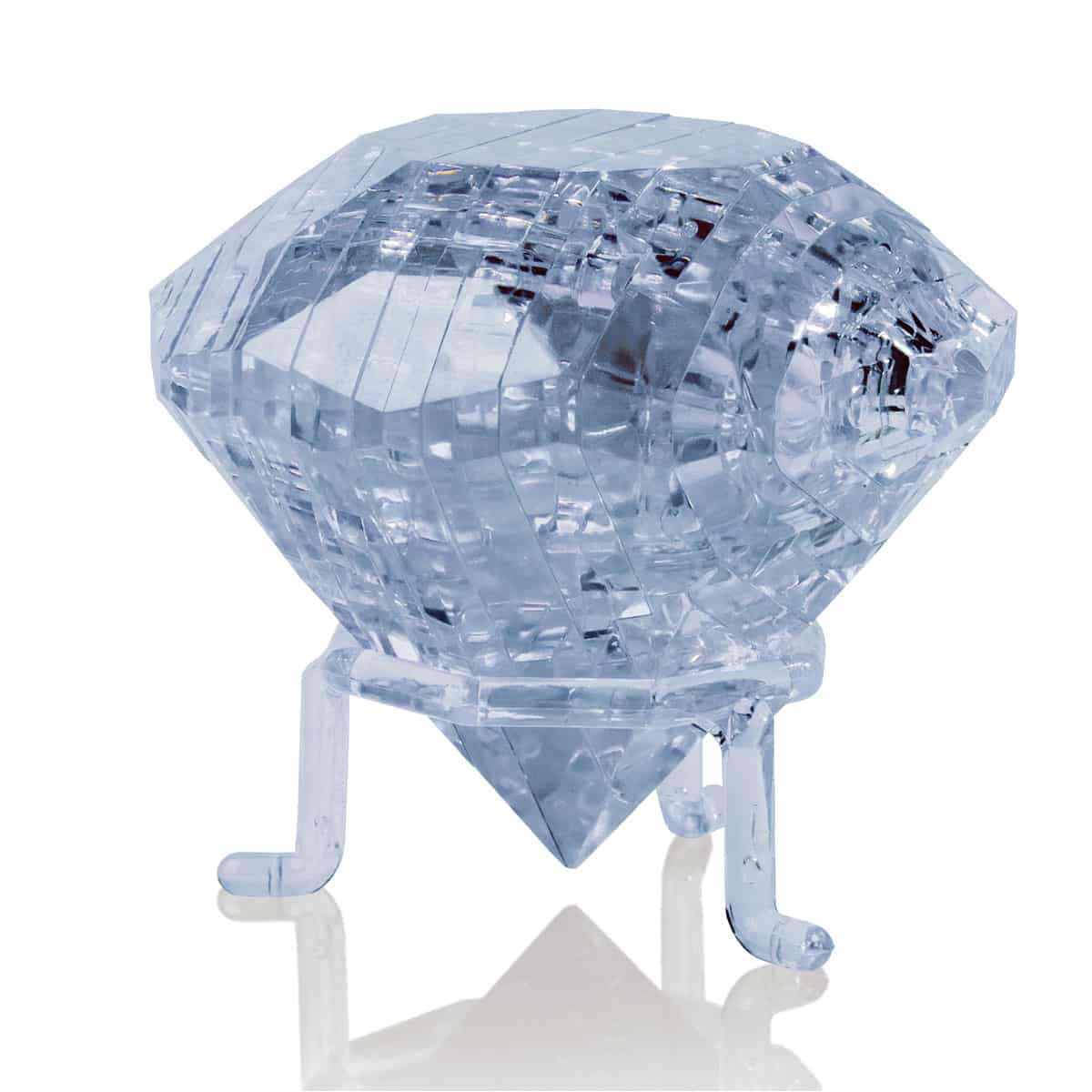
The price of a diamond directly depends on its size: large stones are rare, so they are the most expensive, especially if they have a specific color. The cost of 1 carat of a large mineral is much higher than a 2 carat diamond, but of a smaller size.
Depending on their size, diamonds are usually divided into 4 groups:
- large diamonds weighing more than 1 carat;
- medium stones, the weight of which ranges from 0.03 to 0.99 carats;
- small stones weighing up to 0.029 carats;
- Diamond chips weigh up to 0.01 carats.
To determine the price of a precious stone, a special Terenier rule is used. It clearly illustrates how much more expensive a large stone is compared to a small one. The price of a diamond is the product of its weight in carats squared by the market value of 1 carat.
